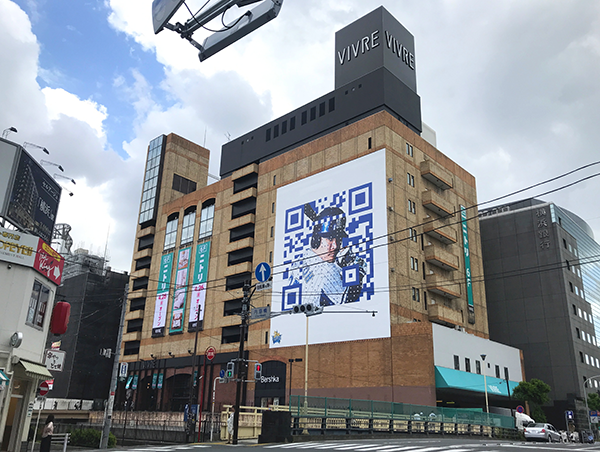
QR Codes and Out-of-Home Advertising
Over the past few years, QR codes have been one of the go-to calls to action for marketers and advertisers everywhere. Whether they’re at the bottom of a newsletter, included at the end of a book, or plastered all over a poster, they’re all over the place—including in out-of-home (OOH) advertisements.
And, for the most part, this is for good reason: when working with printed materials, links can get lost in the rest of the content included in your project, or they could just be way too long to expect someone to type out manually. So, with many smartphones’ built-in camera QR scanners and most peoples’ familiarity with them, including QR codes is typically a really solid option.
However, when using these in an OOH campaign, it’s not always quite as easy to make that decision, as in many cases, the use of QR codes is restricted.
In these cases, the restriction is largely pertaining to QR codes on billboards, due to the fact that a large number of billboards are located along roadsides. By including a QR code, drivers passing by are more likely to pull out their phones while driving to scan the code, which, put simply, is a dangerous act. Instead of QR codes, advertisers are typically urged to include websites or phone numbers, which are able to be remembered or spoken to device assistants like Siri.
However, this doesn’t necessarily mean that every billboard restricts the use of QR codes—some pieces of inventory that are located in more walkable areas, for example, may allow them.
Another piece of good news is that while billboards may heavily restrict QR codes, not all other OOH formats follow the same rules. For example, in-lobby TV screens, bus interior ads, and kiosks are a few that are far more likely to allow QR codes to be included, so don’t fret too hard if your heart was set on including a QR code in your ad campaign.

